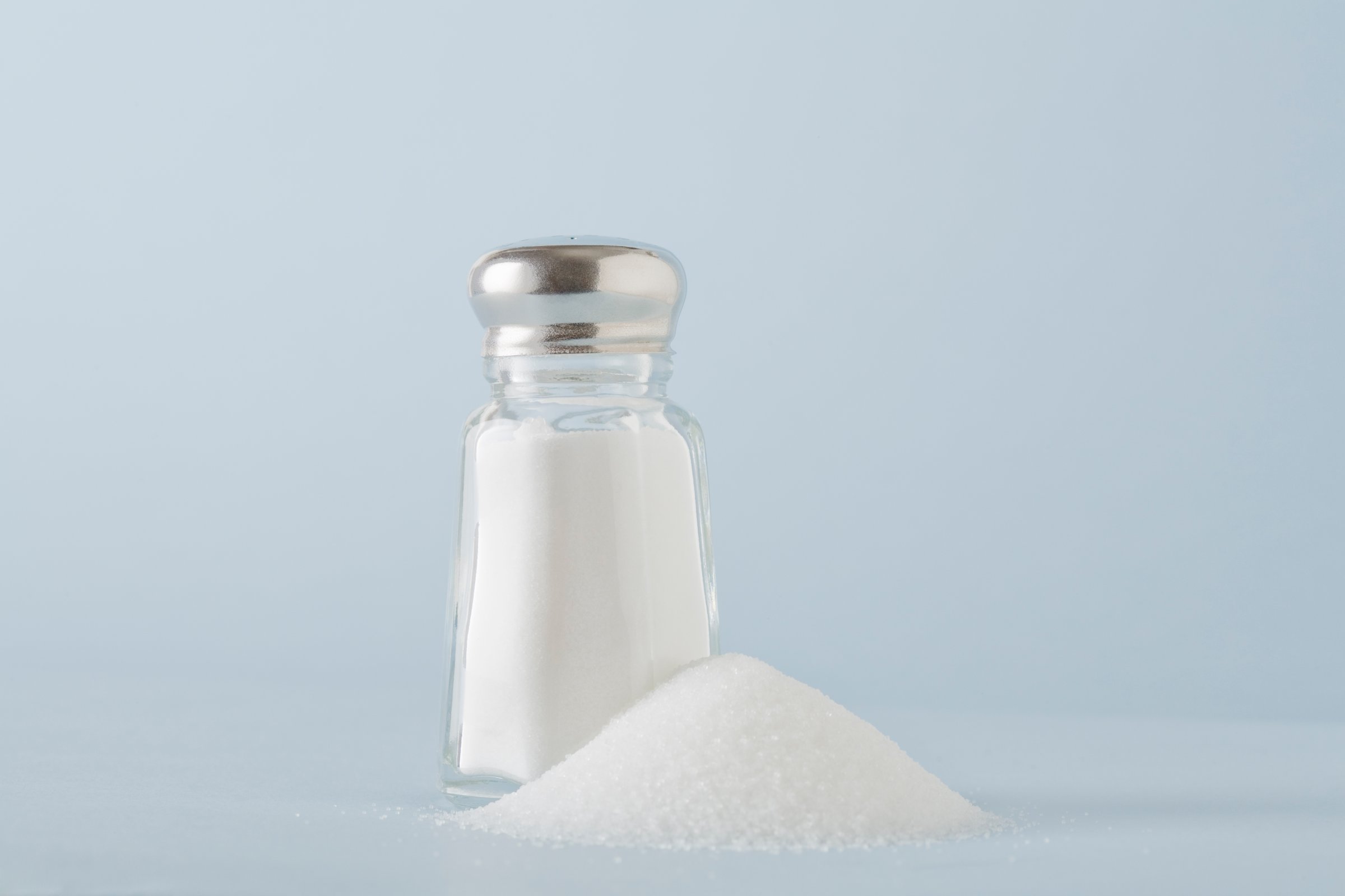
On Tuesday, the Food and Drug Administration (FDA) caused a stir when the agency announced it wants to limit the amount of salt Americans eat from processed foods. They cited studies linking too much sodium to high blood pressure and therefore a higher risk of heart disease, stroke and kidney problems. But conflicting reports from leading experts in recent years make the agency’s job tougher—and leave consumers wondering who’s right.
The FDA is proposing a voluntary guideline to lower the amount of sodium food manufacturers add to their products (this is pursuing a mandatory lowering of trans fats by manufacturers and in restaurants). While some companies are on board with the idea—Wal-Mart says it will reduce sodium in some of its foods by 25% in the coming year, ConAgra reports it has already cut sodium by 20% in some of its products, and Subway restaurants have dropped sodium by 30%—some experts don’t believe the voluntary changes will have much effect.
“I applaud the FDA for wanting to put out voluntary guidelines for the food industry to lower salt,” says Kristin Kirkpatrick, RD, manager of wellness nutrition services at the Cleveland Clinic. “But I don’t think the consumer will see an effect. If sales are fine with a product and remain fine with a higher sodium content, and more sodium increases shelf life and increases taste, then it’s a slippery slope for a food manufacturer to start lowering sodium.” Compared to the mandatory trans fat reductions, she says, which require companies to find other substitutes for the trans fats while maintaining the food’s integrity and taste, the incentive to do so with voluntary measures may simply be too weak to contribute to a measurable difference.
MORE: Study: Salt Accelerates Aging in Overweight Teens
According to federal health officials, Americans eat about 3,300 mg of sodium a day, 75% of which comes from prepared, processed or restaurant food. The latest dietary guidelines recommend that most adults consume about 2300mg daily—which is about a teaspoon, but that’s hard to measure when it’s coming in a packaged food or a meal prepared by someone else. That advice is based on studies that show that people who eat more sodium have a greater risk of developing high blood pressure, which can contribute to heart disease, stroke and kidney problems.
But health experts admit that there is nothing magic about the 2,300 mg threshold, and that there isn’t direct evidence that lowering sodium to that level can lead to fewer deaths from heart disease. “Studies show a clear relationship between sodium reduction and [lower] blood pressure, even below 2,300mg,” says Dr. Kirsten Bibbins-Domingo, professor of medicine and epidemiology at University of California San Francisco, and member of an Institute of Medicine panel that issued a 2013 report on Sodium Intake in Populations. “Unfortunately none of those studies followed people long enough to really look at heart attack and strokes and deaths from heart disease.” Other studies have, however, connected higher blood pressure to these outcomes.
There also isn’t strong evidence that certain groups of people, including African-Americans, who are at higher risk of adverse health effects from hypertension, those older than 51 years and people with diabetes or kidney problems, benefit from dropping their sodium intake to no more than 1,500mg of sodium daily, but the 2013 IOM report didn’t find strong scientific support for that advice.
Confusing matters even more is the fact that some people are more sensitive to the effects of salt on blood pressure than others. So some have argued that advice to lower salt intake shouldn’t apply to everyone, but only those who might be adversely affected. To that, Kirkpatrick says everyone is affected by too much sodium in their diet. “Regardless if you are salt sensitive or not, salt is not something you have in excess for general health. You just don’t need it in such high amounts,” she says.
MORE: New Dietary Guidelines: Cut Salt and Sugar, Eat More Fish
Is there such a thing as too little salt? There the studies from Italy suggesting that eating too little sodium can increase risk of heart problems. But the participants included those with heart failure, and experts say the patients may not have accurately reported their daily salt intake. “There still is no good data suggesting an adverse effect of reducing sodium intake,” says Alice Lichtenstein, professor of nutrition, science and policy at Tufts University.
All of which means that lowering sodium is still a worthwhile goal—though the FDA’s voluntary guidelines may not help you get there.
Kirkpatrick advises her patients to go even lower, and shoot for the 1500mg mark, rather than the 2300mg target. “If you give people a limit, chances are that that they will stick to that limit, or go higher,” she says. “That’s human behavior.”
The good news, at least for the salt-craving American public, is that salty is a taste that is acquired. “If we gradually lower the amount of salt we eat, our taste receptors will get down regulated, says Bibbins-Domingo. “And that happens relatively quickly, in six weeks. If we can get food companies to lower the amount of sodium they use, we will start to crave salty foods less.” And maybe see health benefits from that as well.
More Must-Reads from TIME
- Donald Trump Is TIME's 2024 Person of the Year
- Why We Chose Trump as Person of the Year
- Is Intermittent Fasting Good or Bad for You?
- The 100 Must-Read Books of 2024
- The 20 Best Christmas TV Episodes
- Column: If Optimism Feels Ridiculous Now, Try Hope
- The Future of Climate Action Is Trade Policy
- Merle Bombardieri Is Helping People Make the Baby Decision
Contact us at letters@time.com